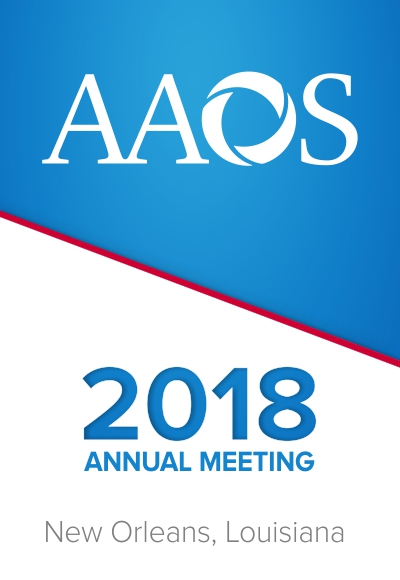
AAOS2018: Tourniquet versus tourniquetless total knee arthroplasty

AAOS2018: Tourniquet versus tourniquetless total knee arthroplasty
Are Tourniquets Indicated in Total Knee Arthroplasty? A Meta-Analysis and Systematic Review
Did you know you're eligible to earn 0.5 CME credits for reading this report? Click Here
CONFERENCE ACE REPORTS
This ACE Report is a summary of a conference presentation or abstract. The information provided has limited the ability to provide an accurate assessment of the risk of bias or the overall quality. Please interpret the results with caution as trials may be in progress and select results may have been presented.
Synopsis
19 trials were included in this meta-analysis comparing blood loss measures and complication rate between tourniquet use and no tourniquet use in total knee arthroplasty. For blood loss, intraoperative blood loss volume was significantly lower among tourniquet groups, though no significant differences between tourniquet and no tourniquet groups were observed in analyses of total blood loss and cal...
To view the full content, login to your account,
or start your 30-day FREE Trial today.
FREE TRIAL
LOGIN
Forgot Password?
Explore some of our unlocked ACE Reports below!

Learn about our AI Driven
High Impact Search Feature
Our AI driven High Impact metric calculates the impact an article will have by considering both the publishing journal and the content of the article itself. Built using the latest advances in natural language processing, OE High Impact predicts an article’s future number of citations better than impact factor alone.
Continue



 LOGIN
LOGIN

Join the Conversation
Please Login or Join to leave comments.